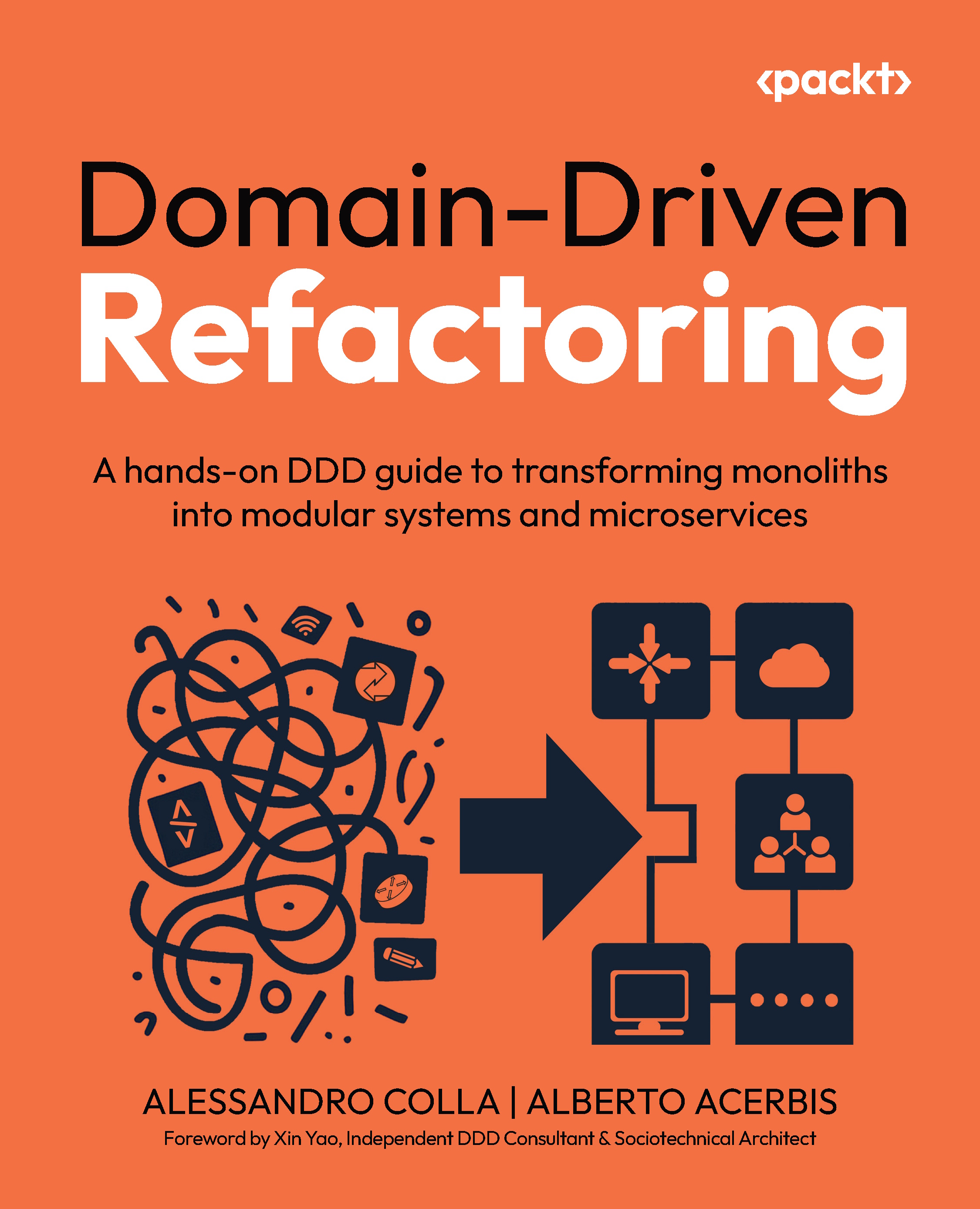A two-day AI Action Summit was held in Paris, France on February 10-11, 2025. The summit brought together governments, public and private organizations, academia, NGOs, artists, and civil society. Core themes included public interest AI, the future of work, innovation and culture, trust in AI, and global AI governance. Some of the key announcements were:
AI Action Summit Declaration
73 participating members, including 27 EU states, governments, research institutes, and government bodies signed the statement on inclusive and sustainable AI for people and the planet. The UK and the US refrained from signing the declaration.
EU launches InvestAI initiative to mobilise €200 billion of investment in artificial intelligence
The InvestAI initiative was announced at the Paris summit with a pledge of EUR 150 billion from the private sector and EUR 50 billion from the public sector. This initiative will support the computing power for the world’s fastest public supercomputers. Ursula von der Leyen, the EU Commission President, vowed in her speech to cut red-tape in AI while ensuring safe AI, encouraging the collaboration of global talent with AI Gigafactories.
Launch of public interest initiatives
Current AI, an international partnership of governments, philanthropists, and industry, was officially launched at the AI Action Summit with $400 million in funding, shared Martin Tisné, CEO of AI Collaborative, in his LinkedIn post.
Robust Open Online Safety Tools (ROOST) a non-profit organization incubated at The Institute of Global Politics at Columbia University was also launched at the summit. ROOST has some of the biggest names in the industry as founding partners, including Google, Discord, OpenAI, Roblox and GitHub, Hugging Face, Microsoft, Wikimedia, among others. ROOST aims to provide open-source building blocks and safety resources to global users and communities.
OpenAI Roadmap announced
Open AI will now focus on simplifying product offerings and unify o-series and GPT series models. There will be no o3 release, but GPT-5 will be rolled out with a higher-level intelligence setting for Pro and Plus subscribers and standard intelligence for free tier users.
Groq secures $1.5bn from Saudi Arabia to expand AI inference infrastructure in the region
Groq CEO Jonathan Ross announced in a LinkedIn post a $1.5 billion agreement to expand Groq’s LPU-based AI infrastructure. This investment will support Groq’s existing data centre in Saudi Arabia and fuel the development of the Arabic Large Language Model (ALLaM).
Elon Musk-Led Group Makes $97.4 Billion Bid for Control of OpenAI, SamA not interested
A group of investors led by Elon Musk has offered to buy control of OpenAI for $97.4 billion. This bid introduces a new twist in OpenAI’s future as the company moves towards restructuring in order to transition to a for-profit entity. The bid backed by xAI, Baron Capital Group, Emanuel Capital Management, 8VC, Valor, Atreides, and Vy Capital is Musk’s latest attempt to make OpenAI open-source and safety-focused, as confirmed by Musk’s attorney, Marc Toberoff.
Sam Altman (SamA) took to X to express disinterest in the offer and instead made a counteroffer.
 United States
United States
 Great Britain
Great Britain
 India
India
 Germany
Germany
 France
France
 Canada
Canada
 Russia
Russia
 Spain
Spain
 Brazil
Brazil
 Australia
Australia
 South Africa
South Africa
 Thailand
Thailand
 Ukraine
Ukraine
 Switzerland
Switzerland
 Slovakia
Slovakia
 Luxembourg
Luxembourg
 Hungary
Hungary
 Romania
Romania
 Denmark
Denmark
 Ireland
Ireland
 Estonia
Estonia
 Belgium
Belgium
 Italy
Italy
 Finland
Finland
 Cyprus
Cyprus
 Lithuania
Lithuania
 Latvia
Latvia
 Malta
Malta
 Netherlands
Netherlands
 Portugal
Portugal
 Slovenia
Slovenia
 Sweden
Sweden
 Argentina
Argentina
 Colombia
Colombia
 Ecuador
Ecuador
 Indonesia
Indonesia
 Mexico
Mexico
 New Zealand
New Zealand
 Norway
Norway
 South Korea
South Korea
 Taiwan
Taiwan
 Turkey
Turkey
 Czechia
Czechia
 Austria
Austria
 Greece
Greece
 Isle of Man
Isle of Man
 Bulgaria
Bulgaria
 Japan
Japan
 Philippines
Philippines
 Poland
Poland
 Singapore
Singapore
 Egypt
Egypt
 Chile
Chile
 Malaysia
Malaysia















